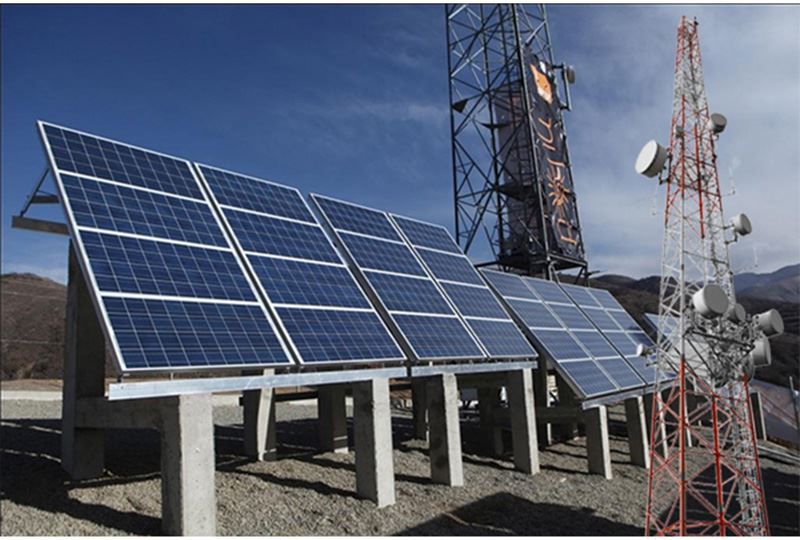News and Blog

Distributed generation refers to a variety of technologies that generate electricity at or near where it will be used, such as solar panels and combined heat and power.
Telecom operators are bound by their licenses to provide back-up for a given time after a power outage. This typically varies from 4-8 hours and beyond for the more critical sites. This represent a massive investment which is almost never utilized. In telecom networks round the world there are enormous amounts of energy storage that could be utilized to manage challenges in the local grids.
Due to the COVID-19 pandemic, the global Distributed Generation and Energy Storage in Telecom Networks market size is estimated to be worth USD 730 million in 2022 and is forecast to a readjusted size of USD 8653.4 million by 2028 with a CAGR of 51.0% during the review period.
Major companies in the global market for Distributed Generation and Energy Storage in Telecom Networks include RES (Renewable Energy Systems), Fluence, Nidec ASI, Samsung SDI and LG Energy Solution etc. These 5 companies account for about 35% of the market share. Asia-Pacific occupies the largest global market share, accounting for more than 40%, followed by Americas and Europe, accounting for 30% and 20% respectively.

Energy storage can generate additional revenue for the exsiting assets in the telecom infrasctructure.
Introducing bi-directional converters, which both can ensure that the telecom loads gets their power as well as feeding energy back to the grid, these lazy assets can take a more active role and generate additional revenue.
The telecom operators already have a full view and control of all their sites and can easily aggregate these services and offer this to pools or entities dealing with energy trade.









